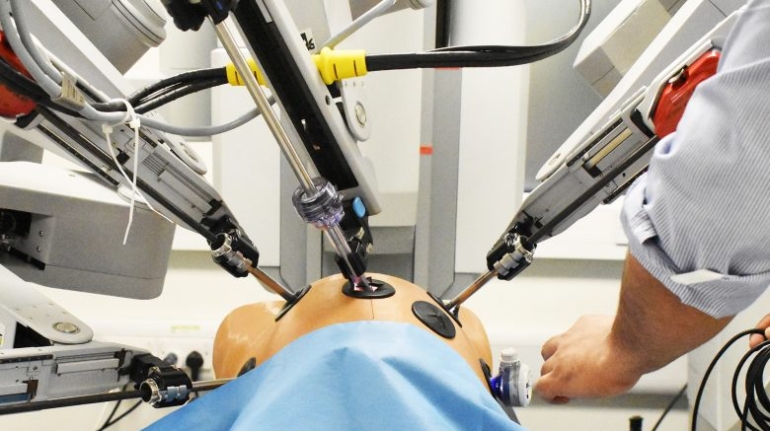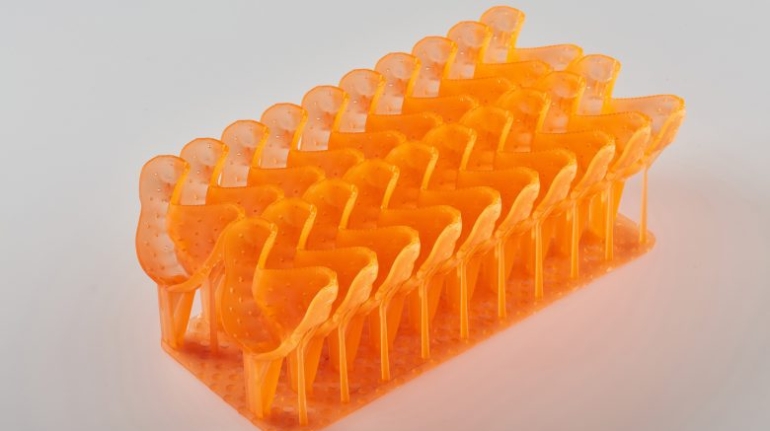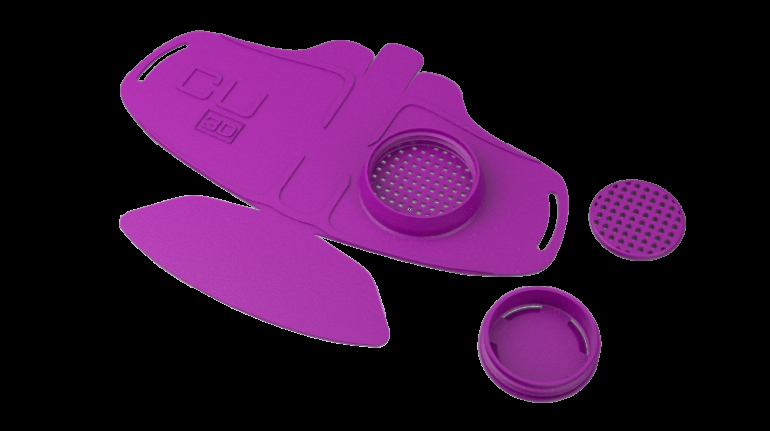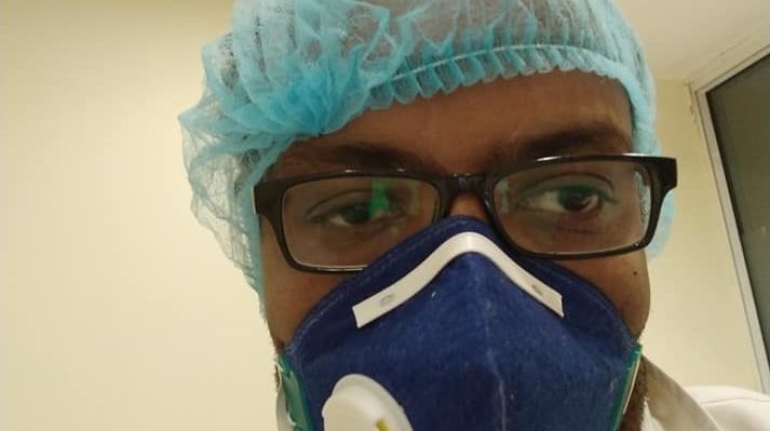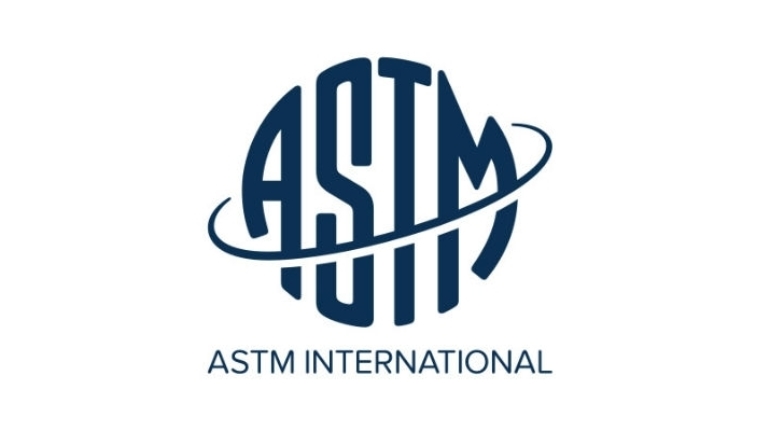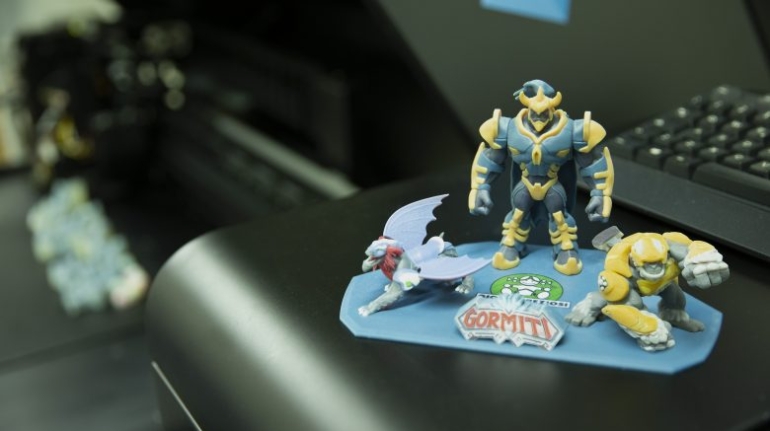Titomic expands TKF distribution in Turkey with BTech AM Industry
Titomic, a metal AM company based in Australia, has signed a distribution agreement with Turkey-based BTech Innovation. As an authorized Titomic partner, BTech Innovation will distribute Titomic Kinetic Fusion (TKF) systems and metal powders to the Turkish market, while also providing local technical support and maintenance services to customers in the aerospace and defense industries, among others.


